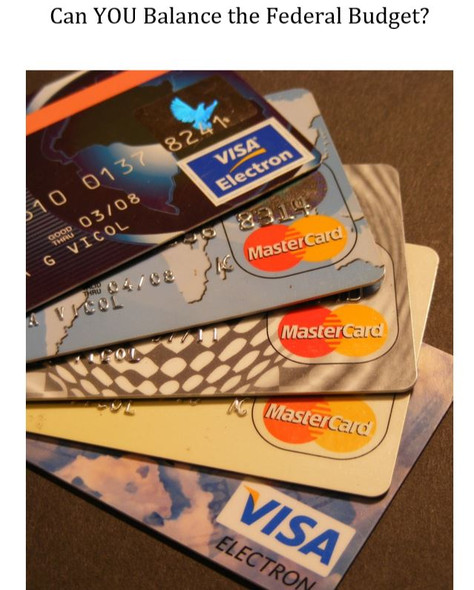Description
This hands-on activity, developed by Shawneen Morrison, poignantly demonstrates the disconnect between partisan ideological posturing on government spending and achieving a balanced budget. Students color a map according to partisan voting patterns (red, blue, and purple states) and then indicate each state’s status as a welfare state (states that receive more federal spending than they pay in taxes) or donor state (states that pay more in taxes than they receive). This exercise indicates a clear partisan pattern. Then students are led through an analysis that explains the implications for balancing the budget through closing tax loopholes, curtailing entitlement spending, and reducing discretionary spending.
Finally, students are challenged to take a stand on whether legislators should place a higher priority on what they believe is best for the nation or for their individual states.
In the process, the duel importance of economic and political factors in the budgetary process is demonstrated.
INCLUDED IN THIS LESSON:
• Student Worksheet
• Complete Lesson Instructions
• Complete Discussion Guide with Instructor Notes
• Map
• Welfare State/Donor State Datasheet
•Answer Key
• Map Key Image
• Common Core Alignment
Created by Shawneen Morrison - Visit My Store
















